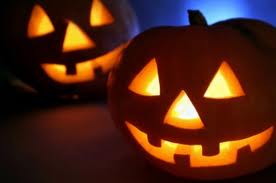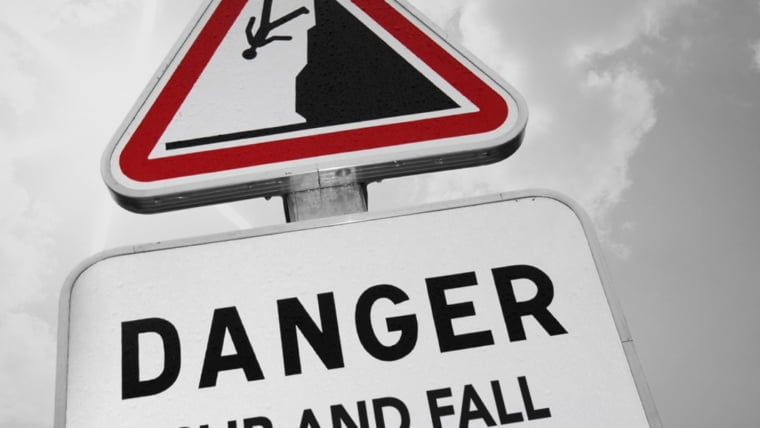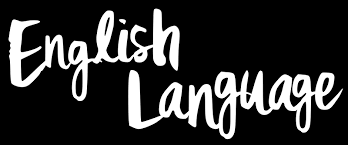 Halloween is an abbreviated form of All Hallow’s Evening, a celebration to mark the eve of the Christian feast of All Saints Day on 1 November. However, it was only from 609 AD that the Church recognised the festival. The holiday actually has its roots in Pagan traditions; it originated as Shamhain, a Gaelic word for ‘summer’s end’, to mark the Celtic New Year. Here in Wales it was known as Calan Gaeaf, meaning ‘the first day of winter’
Halloween is an abbreviated form of All Hallow’s Evening, a celebration to mark the eve of the Christian feast of All Saints Day on 1 November. However, it was only from 609 AD that the Church recognised the festival. The holiday actually has its roots in Pagan traditions; it originated as Shamhain, a Gaelic word for ‘summer’s end’, to mark the Celtic New Year. Here in Wales it was known as Calan Gaeaf, meaning ‘the first day of winter’
During the Iron Age and into Roman times, November was considered the month of death, when animals were brought in from pasture and slaughtered ready to provide meat through the winter months. In fact, Tachwedd, Welsh for the month of November, literally translates as ‘the month of slaughter’.
Many aspects from this early festival are still present in today’s celebrations. Jack-o’-lanterns were carved from large turnips rather than pumpkins, bonfires would be ignited to ward off evil spirits and the Celts would dress in animal skins or wear disguises to avoid being recognised by the ghosts – a precursor of our modern-day fancy dress costumes of witches, devils, etc.
The now familiar name of Halloween was coined in 16th-century Scotland and of course this is now a festivity observed all over the world. It is widely celebrated in Ireland, where it is known as Oíche Shamhna, and Scotland, where it is referred to in Scottish Gaelic as Oidhche Shamhna. These days it is probably most famously celebrated in North America where, since becoming popular in the 1930s, children dress in costumes to go trick-or-treating, a practice that evolved during the Middle Ages.

